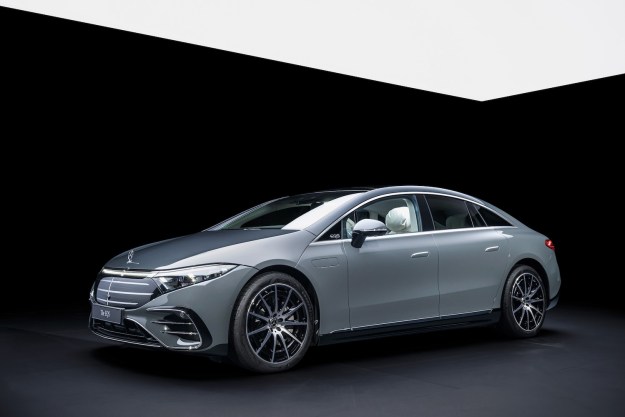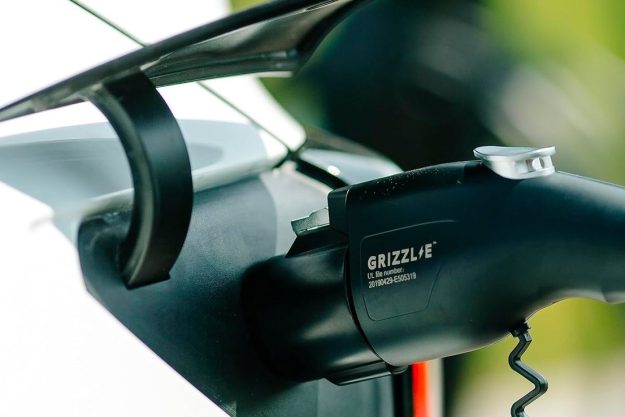The carmaker unveiled what it claims is the world’s first solid-oxide fuel cell vehicle in Brazil this week. The location was appropriate not just because Brazil is hosting the Olympics, but also because the South American country is a major producer of ethanol, usually made from sugarcane instead of the corn used in the U.S.
The prototype is based on the e-NV200, an electric version of the NV200 van. Gasoline-powered versions of this van are sold in the U.S., but the electric model isn’t. Nissan retained the stock 24kWh lithium-ion battery pack, but it’s now charged using the fuel cells instead of by plugging in. Nissan claims a range of 600 kilometers (372 miles) on a full charge and a full tank of ethanol.
Read more: Mercedes jumps on the fuel-cell bandwagon with GLC F-Cell
Instead of storing hydrogen onboard in pressurized tanks, Nissan’s solid-oxide fuel cell system generates hydrogen from the ethanol. That hydrogen then reacts with an oxidizer in the fuel cell stack to create electricity, similar to the process in conventional fuel cells. Nissan believes using ethanol offers several advantages to straight hydrogen.
Large-scale production of hydrogen can generate significant carbon emissions, but Nissan says this won’t be the case with ethanol. Any emissions will be cancelled out by the sugarcane or corn plants’ consumption of carbon dioxide as they grow, the company claims. By blending the fuel with water, Nissan also claims it will be safe enough to sell on grocery store shelves, eliminating the need for complex and costly hydrogen fueling infrastructure.
Nissan plans to test the prototype vehicle in Brazil, but has no firm timeline for production. The company is more interested in battery-powered cars like its Leaf than fuel cell vehicles, but it is under some pressure to work with hydrogen because of the Japanese government’s plan to create a “hydrogen society” where fuel cells are used as a power source for both vehicles and infrastructure on a large scale.
Editors' Recommendations
- The best cargo vans for small businesses
- Toyota uses hydrogen fuel cells to power one of its Japanese factories


